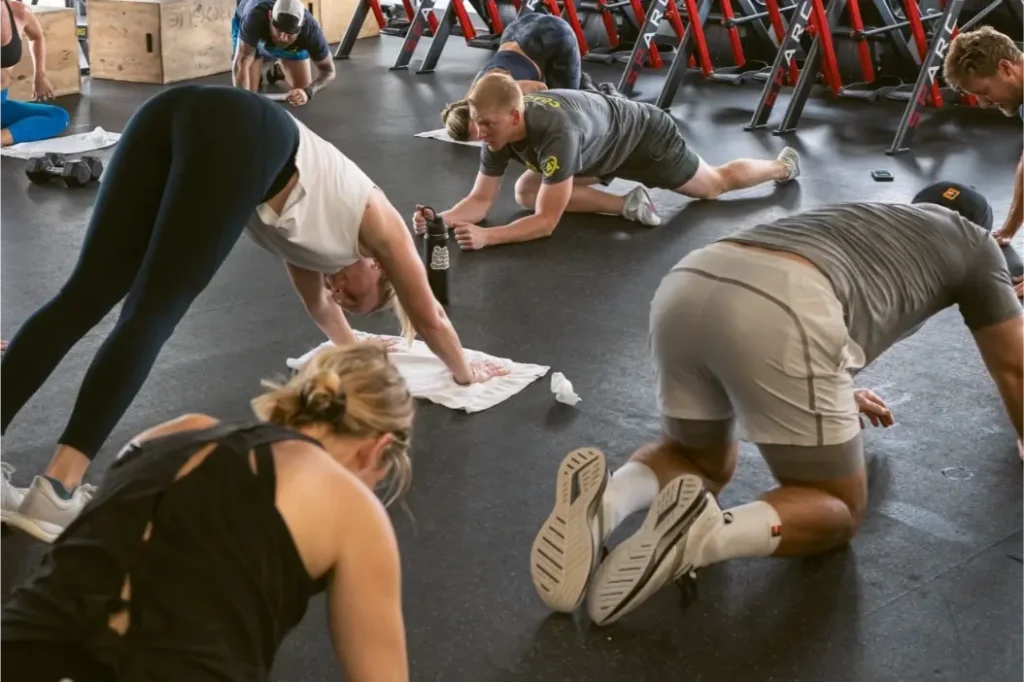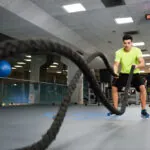Yoga straps are simple yet highly effective tools used to enhance flexibility, extend reach, and improve alignment in various yoga poses. Whether you’re a beginner struggling with flexibility or an advanced yogi looking to deepen your stretches, a yoga strap can be a valuable addition to your practice. Here’s how to use a yoga strap effectively to maximize your yoga routine.
Benefits of using a yoga strap
- Enhanced flexibility: Straps can help you reach limbs that are otherwise too far away, gradually increasing your flexibility without straining.
- Improved alignment: They aid in maintaining proper posture and alignment in poses, helping to prevent injuries and ensuring that you are performing yoga poses correctly.
- Increased range of motion: By extending your reach, yoga straps allow you to hold poses longer, deepen stretches, and enhance your range of motion.
- Support and stability: Straps can provide stability and balance in poses that involve stretching or holding your legs or arms in extended positions.
Examples of how to use yoga straps
- For deepening stretches: In seated forward bend (Paschimottanasana), wrap a strap around the soles of your feet and hold it with both hands. Gently pull yourself forward, keeping your back straight. The strap helps you maintain a longer reach without compromising your posture.
- For improving alignment: In an extended hand-to-big-toe pose (Utthita Hasta Padangusthasana), use a strap looped around your raised foot if you cannot reach your toe with your hand. This allows you to keep your spine and legs properly aligned while still challenging your balance and flexibility.
- For assistance in binding poses: In bound angle pose (Baddha Konasana), if you cannot comfortably hold your feet with your hands, wrap a strap around your feet and hold the ends. This helps you maintain the pose longer for a deeper stretch in the hips and groin.
- For increasing accessibility: In reclining leg stretch, lie on your back, lift one leg, and place a strap around the foot. Holding the strap with both hands, gently pull the leg towards you for a deep hamstring stretch. This makes the stretch accessible if you can’t comfortably reach your foot with your hands.
Tips for using yoga straps
- Choose the right length: Yoga straps typically range from 6 to 10 feet long. Choose a length that suits your height and the types of poses you plan to use it for. Longer straps are better for taller individuals or poses requiring more length.
- Use proper grip: Hold the strap firmly but comfortably. Avoid gripping it too tightly, which can create unnecessary tension in your hands and arms.
- Adjust tension: Adjust the tension in the strap to suit the pose and your comfort level. The strap should be taut enough to aid in stretching but not so tight that it causes discomfort.
- Clean and maintain: Keep your yoga strap clean and check it regularly for signs of wear and tear. Most straps can be machine-washed on a gentle cycle.
If you need more assistance, join our group yoga classes in St. Augustine.
Final thoughts
A yoga strap is an excellent tool for enhancing your yoga practice, offering support, extending your reach, and improving your flexibility and alignment. With regular use, a yoga strap can help you achieve poses that were once difficult, deepen your stretches, and achieve a more fulfilling yoga experience. Whether you’re a beginner or an advanced practitioner, integrating a yoga strap into your routine can lead to significant improvements in your practice.





